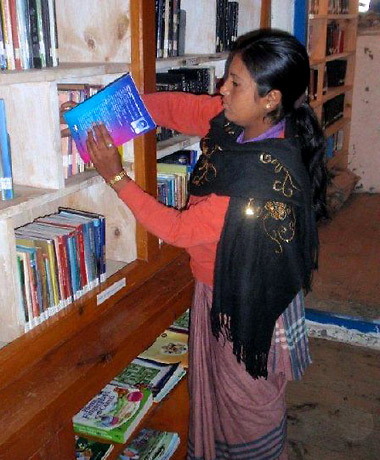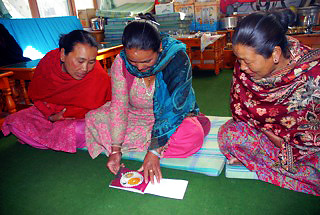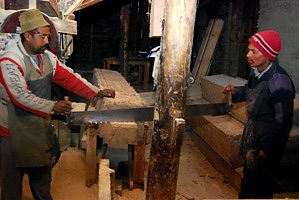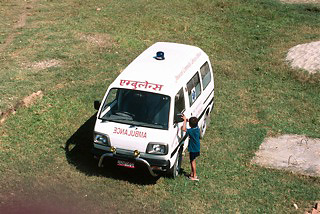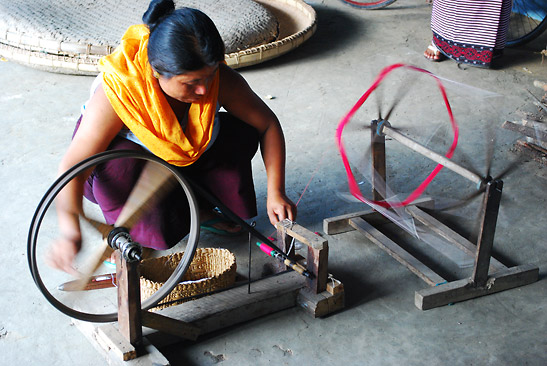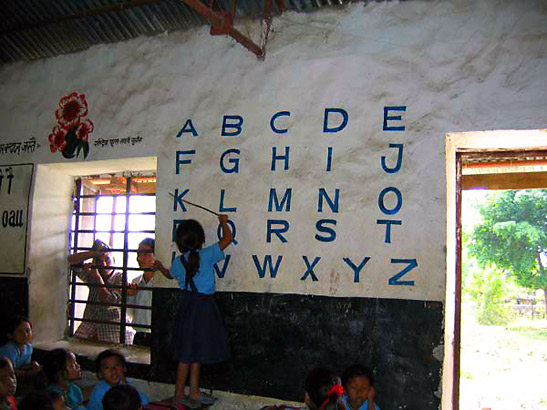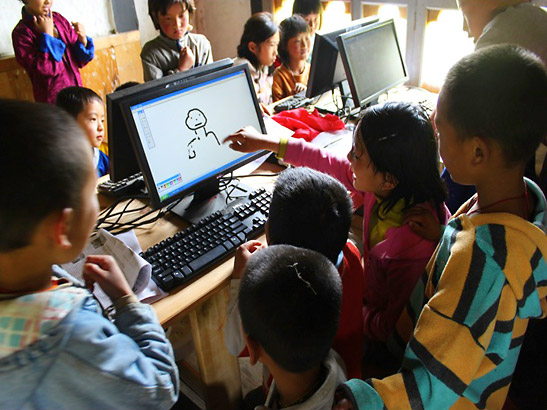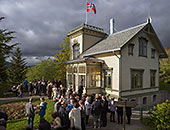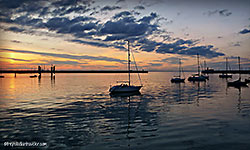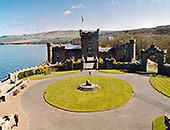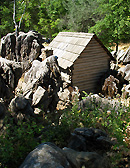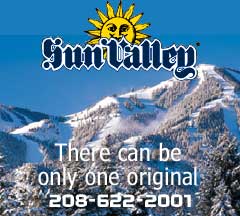 |
 |
|
 |

|
Nepal: Changing
Lives
One Library at a Time Story by Fyllis Hockman
All of this is thanks to READ (Rural Education and Development) Global, which is transforming the lives of villagers throughout Nepal. READ is an independent 501(c)3 created in 1991 by the tour company Myths and Mountains. Although Myths and Mountains conducts tours to as many as 17 different countries, visiting the READ libraries of Nepal adds a whole new dimension to traditional sightseeing itineraries. I early on recognized that the term “library” was a misnomer; “community resource center” is a much more accurate description. Yes, there are books –- numbering from 900 in the smaller centers to 8000 and growing, in Nepalese, English and Hindi, in the larger ones -– but the list of services offered, which vary according to the specific needs of the village, include literacy classes, computer training, early childhood education and day care, women’s empowerment programs, micro-financing and credit services, health, nutrition and AIDS-awareness information and more.
But first, some background. Dr. Antonia (Toni) Neubauer, president of Myths and Mountains, first visited Nepal in 1983, and started her tour company five years later. During a trek to the Everest region that same year, knowing she wanted to give something back to the country she had come to love, she asked her guide, Domi Lama Sherpa, “What is it your village needs most?” His reply: a library. She started collecting money herself and then through Myths and Mountains. As a result, 8 porters carried 900 books over a 12,000 foot pass into the remote village of Junbesi, and READ's first Community Library and Resource Center opened in Domi’s hometown in 1991. He moved to New York shortly thereafter and does not know that he has since become a national hero.
Early on, Toni learned of other well-meaning efforts in many countries which ultimately failed because they had been started and abandoned without becoming economically viable. A local headmaster told her, “Westerners build us clinics, build us schools and then leave and expect us to take care of them, but we are just poor farmers.” And she realized that although “we had the best of intentions, we were just creating liabilities for a village rather than funding an asset.” From the beginning she knew that if the library (read Community Resource Center) was not self-sustaining, it would not work; it had to be an economic asset as well as a social and educational one.
Thus, the village of Tukche has a furniture factory; Jhuwani operates an ambulance service; Jomsom rents out storefronts which sell crafts, produce and other necessities, and the Laxmi Library in Syangia built a radio station that galvanized the whole community and is now supporting a staff of 33 people enabling the library to pay off all its loans and become financially secure. The more successful the underlying financial enterprise, the more successful the community center. And the centers’ impact on the villages is life-altering. Many are in remote areas in which children did not attend school, women could not read, and men could not support their families. Now, teachers and librarians trained by READ are providing education for young children throughout Nepal. Women are gathering together in village after village to not only learn to read but become economically self-sufficient while finding strength through numbers to resist the domestic violence that is often so pervasive among families in poverty. According to READ, the return rate on investment of micro-financing projects for women is 99%. And men and women are working together to create financially successful projects to support and sustain the libraries.
Everywhere we traveled, community leaders paid homage to Toni through some variation of the sentiments expressed by the president of the Jhuwani Library: “She removed a cloud of ignorance and illiteracy from our village, and replaced it with education, self-respect and prosperity.” And her response was always one of gratefulness to the villagers who, in creating their own dream, made her vision possible. Because there is ongoing political turmoil in Nepal, all libraries and the different factions within the communities have to agree in writing to be Zones of Peace –- non-political, non-religious, non-governmental. And recently, libraries across the country have formed a coalition –- the Nepal Community Library Association –- and are now trading ideas and success stories and are themselves lobbying the government for even more support in building in rural areas. According to Toni, this is a crucial development: “The idea of Nepalese having a sense of their own power in furthering the libraries is still in its infancy but has tremendous potential for future development.” And her efforts have not gone unrecognized domestically. In 2006, READ Nepal received the Bill and Melissa Gates $1 million Access to Learning Award, which allowed READ to pursue similar efforts in India and Bhutan. And at the Clinton Global Initiative Annual Meeting held in September 2010, Bill Clinton announced READ’s commitment to empower 16,000 women and adolescent girls in rural Bhutan, India and Nepal during the next four years by building 20 women’s centers within new READ Library and Community Resource Centers.
Traveling from library to library, hearing story after story of how the centers have brought hope and prosperity beyond imagination, affected me in ways no monument, scenic byway or sightseeing tour ever could. The excitement, so emotionally heartfelt, among all the people there was infectious. I left each library filled with awe and respect for what all these people –- young and old, men and women, READ staffers and community volunteers –- have accomplished, and though admittedly misplaced, even a sense of personal pride on Toni’s behalf.
So yes, we visited temples, shrines and monasteries galore. We trekked the Annapurna Circuit for hours. We rode elephants in the Chitwan Jungle. And learned of the Buddhist and Hindu cultures. In that sense it was a tour like any other. But seeing the country through the eyes of READ Global was an enlightening and inspirational experience that no ordinary tour can equal. For more information about Myths and Mountains, visit mythsandmountains.com; for READ Global, contact readglobal.org. (Posted
8-24-2011) |
|
|
| ||||
|
| ||||
This site is designed and maintained by WYNK Marketing. Send all technical issues to: support@wynkmarketing.com

|






